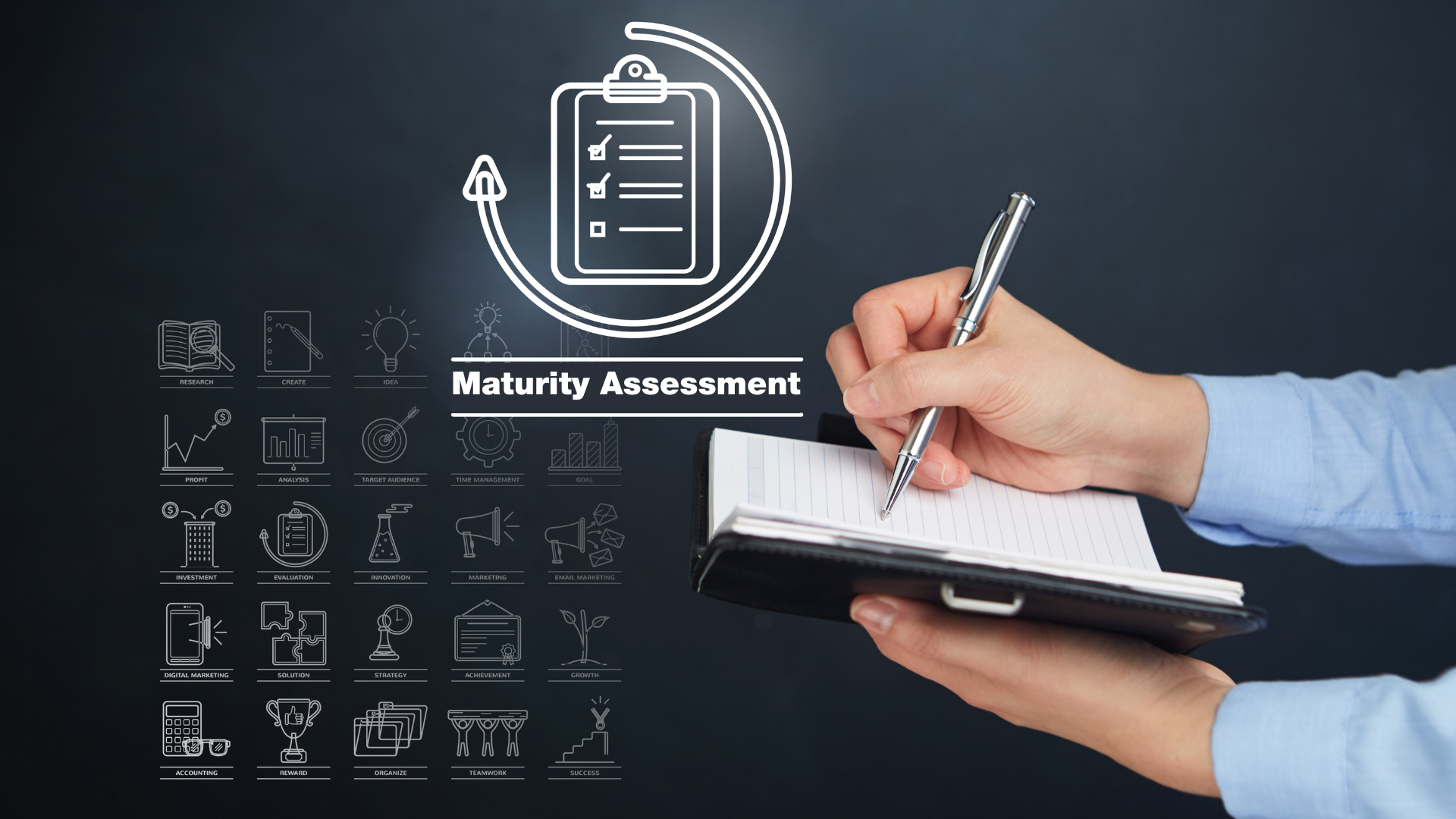Physical assets must be managed effectively for a business to grow and be competitive. Across industries, management teams must handle the complexities of asset management to drive efficiency, reliability, and long-term value. It’s a challenge to get it right, but it can be done with Pragma’s updated and enhanced Asset Management Improvement Planning (AMIP) framework.
Why is a well-defined asset management strategy so important?
An asset management strategy is a blueprint that outlines how an organisation will manage its physical assets, such as buildings, equipment, vehicles, and infrastructure. There are many benefits to having an asset management strategy:
- It optimises asset performance, reliability and lifespan and reduces maintenance costs and downtime.
- It supports organisational goals and objectives, from service delivery to customer satisfaction, safety, quality, and sustainability.
- It enhances transparency, accountability, and stakeholder communication.
- It creates a culture of continuous improvement and innovation.
For an asset management strategy to be successful, a company needs to know two things: the current organisational maturity and the desired goal.
Introducing Pragma’s AMIP Framework
Pragma’s AMIP framework draws on more than 30 years of asset management experience. It comprises 20 key performance areas, 170 best practices and about 3800 verification points ensuring clear and objective assessment criteria. These features give us the ability to assess an organisation’s asset management maturity across its entire spectrum of assets.
AMIP is also aligned with global benchmarks such as the Global Forum for Maintenance and Asset Management and ISO55000.
Scalable maturity assessment
One of the standout features of AMIP is its scalable maturity assessment, categorised into five levels: firefighting, stabilising, preventing, optimising, and excellence. From reactive firefighting to proactive excellence, organisations can gauge their maturity across key performance areas.
The assessment process
An AMIP assessment is a four-step process: planning, data collection, analysis, and reporting. Pragma assigns experienced consultants, certified by World Partners in Asset Management (WPiAM), to lead assessments. These consultants gather information about organisational maturity and performance through documentation reviews, site visits, and interviews.
Achieving the desired goal
The actual value of AMIP is its ability to deliver actionable insights. Assessments uncover the causes of performance deviations and identify improvement opportunities. We then work closely with an organisation’s leadership to prioritise initiatives and develop a roadmap for asset management enhancement.
Why Pragma?
Choosing Pragma for your asset management baseline assessment and strategy development has several advantages:
- Experienced and qualified assessors with industry-specific expertise.
- Benchmarking against global standards and best practices.
- Tailored assistance in prioritising and planning improvement actions.
Pragma’s AMIP gives organisations an unbiased and comprehensive assessment to kickstart their asset management strategy development and help them make the most of their assets.
Contact us to find out how we can partner with your organisation and help you to achieve asset management excellence.

